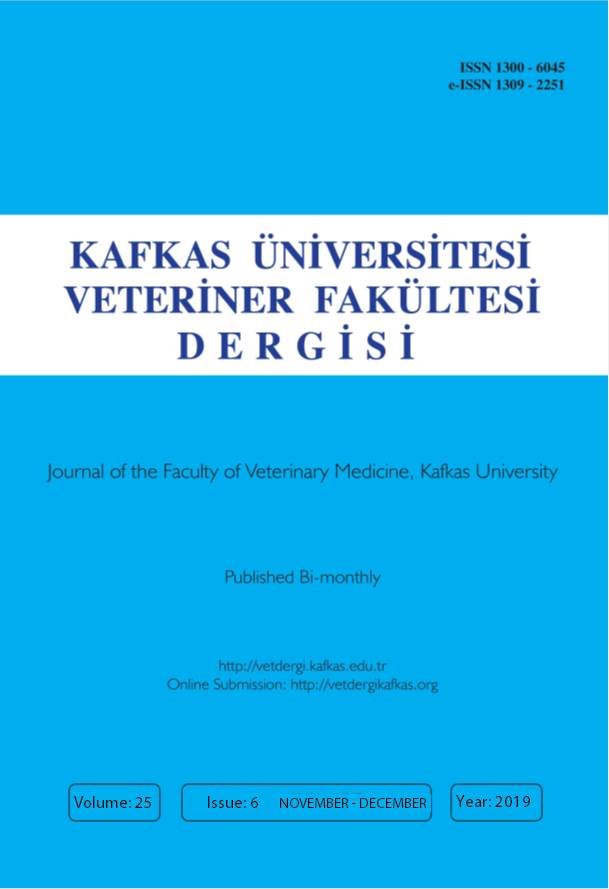
This journal is licensed under a Creative Commons Attribution-NonCommercial 4.0 International License
Kafkas Üniversitesi Veteriner Fakültesi Dergisi
2019 , Vol 25 , Issue 6
The Effect of the Supplemental Feeding of Queen Rearing Colonies on the Reproductive Characteristics of Queen Bees (Apis mellifera L.) Reared from Egg and Different old of Larvae
1Ataturk University, Erzurum Vocational School, Department of Plant and Animal Production, Yakutiye, TR-25240 Erzurum - TURKEY2Ardahan University, Posof Vocational School, Department of Plant and Animal Production, Posof, TR-75800 Ardahan - TURKEY
3Akdeniz University, Vocational School of Technical Sciences, Department of Organic Agriculture, TR-07000 Antalya - TURKEY DOI : 10.9775/kvfd.2019.21998 This study was carried out to determine the effect of supplemental feeding on the reproductive characteristics of queen bees reared from different stages of brood. Queen were reared from one and two-day-old larvae grafted by Doolittle method and were reared from the eggs were transferred by Karl Jenter set and given to the starter colonies prepared as queenless. The starter colonies are arranged as follows: B1, one-day-old larva were grafted; B2, two-day-old larvae were grafted; B3, two-day-old eggs were transfered; and F1, four grams of vitamin a, protein, and minaral mixture were added to the sugar syrup at a ratio of one to one (w/w) per day; F2, no supplemental feeding and the bees benefited only from natural resources. In general, supplemental feeding of starter colonies increased the acceptance rate of larvae and eggs. Colonies fed with a supplemental diet had a higher acceptance rate (82.35%) compared to unfed colonies (62.74%). The highest queen emergence weight (205.75±1.46 mg) was obtained from the two-day-old egg transfer. In the fed group, the average emergence weight of the queen bee was found to be 195.01±2.03 mg, while this value was determined as 186.30±2.09 mg in the group that was not fed. Supplemental feeding of the colonies increased the spermathecae diameter of the queens from 0.98±0.025 mm to 1.09±0.025 mm, while the number of spermatozoa in the spermathecae increased from 4.26±0.679 million to 4.54±0.648 million. Keywords : Egg transfering, Honeybee, Larva grafting, Queen rearing, Reproductive features, Supplemental feding










